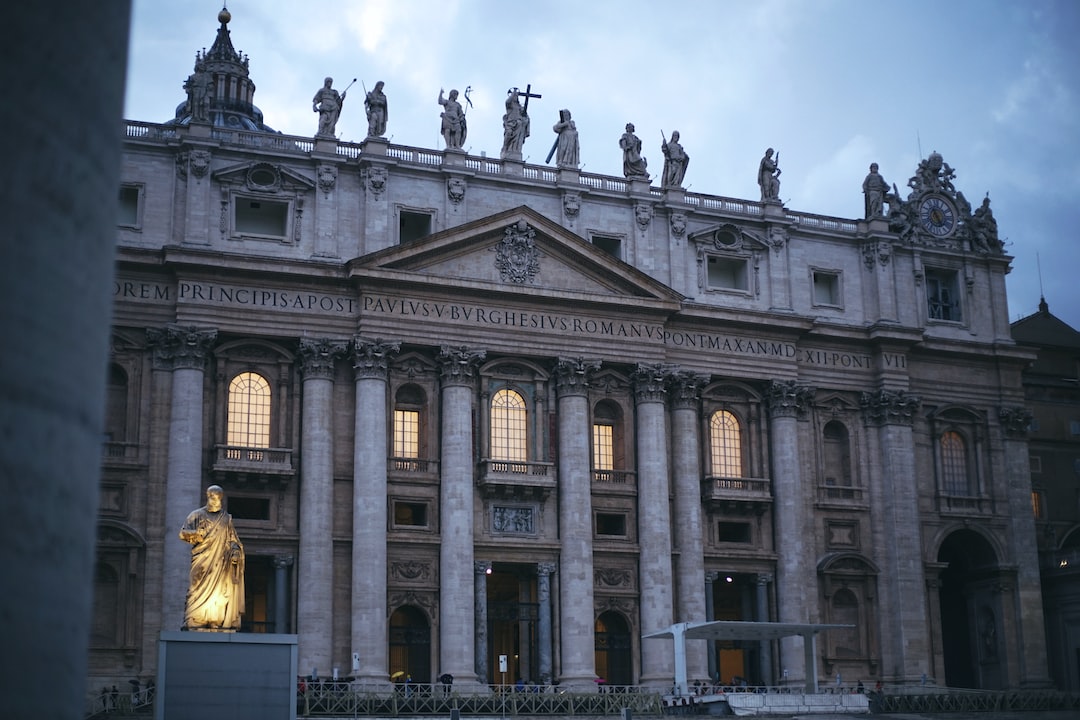The art world is a vast and diverse landscape, with a plethora of different art movements that have shaped the course of history. From the Renaissance to Modernism, these movements represent shifts in artistic styles, techniques, and ideologies. Navigating the art world can be a daunting task for those who are unfamiliar with these movements, but with a basic understanding of their characteristics, it is possible to appreciate and engage with art on a deeper level.
One of the most influential art movements is the Renaissance, which emerged in Italy in the 14th century. This period marked a revival of interest in classical Greek and Roman art, as well as a focus on naturalism, perspective, and humanism. Artists such as Leonardo da Vinci, Michelangelo, and Raphael are celebrated for their technical skill and mastery of the human form.
Moving forward in time, we encounter the Baroque movement, which emerged in the 17th century. Characterized by dramatic lighting, intense emotions, and ornate detail, Baroque art aimed to evoke a sense of awe and grandeur. Prominent Baroque artists include Caravaggio, Rembrandt, and Bernini, who all pushed the boundaries of their respective mediums.
Fast forward to the 19th century, and we find ourselves in the midst of the Romantic movement. Romantic artists such as Caspar David Friedrich and J.M.W. Turner rejected the rationalism and industrialization of the Enlightenment, opting to explore the sublime, the supernatural, and the subjective experience. Nature, emotion, and imagination were key themes in Romantic art.
As we move into the 20th century, art movements become more experimental and abstract. The Impressionists, led by Claude Monet, rejected the rigid academic conventions of their time and instead focused on capturing fleeting impressions of light and color. Artists such as Renoir, Degas, and Pissarro sought to depict the transient qualities of the natural world.
Another groundbreaking movement of the 20th century was Cubism, pioneered by Pablo Picasso and Georges Braque. Cubist artists sought to depict subjects from multiple perspectives, breaking down form and space into geometric shapes. This abstract and fragmented style challenged traditional notions of representation.
A key movement that followed Cubism was Surrealism, which emerged in the 1920s. Surrealist artists such as Salvador Dalí and René Magritte explored the realm of dreams and the subconscious, creating bizarre and fantastical imagery. Surrealism aimed to disrupt the rational and logical, and instead embraced the irrational and unexpected.
These are just a few examples of the many art movements that have shaped the art world throughout history. Though each movement has its own distinct characteristics, they are all interconnected, influencing and reacting to one another. By understanding these movements, one can gain a deeper appreciation for the rich and diverse world of art. So, whether you are exploring a museum, visiting a gallery, or simply scrolling through an art website, take the time to understand the art movements that have come before. It will enhance your understanding and enjoyment of the artworks you encounter, allowing you to navigate the art world with confidence and enthusiasm.

